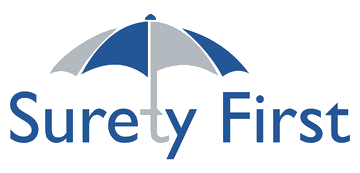What Is A Subdivision Bond?
A subdivision bond is a type of construction performance bond that guarantees land will be developed as part of a proposed subdivision project. Typically a developer begins by submitting a map filing (also called plats) with the local government agency responsible for overseeing the project that details the proposed development, including infrastructure such as sidewalks, public street lights, drainage ditches, gutters, sewage, etc. The bond ensures the infrastructure is developed should the principal default on the terms of the project.
How Does a Subdivision Bond Work?
Also commonly referred to as a plat bond, site improvement bond, performance bond, or developer bond, a subdivision bond is a three-party relationship between the principal, obligee, and surety. The principal is the contractor or owner of the project who must provide the bond. The obligee is the entity requiring the bond. The surety is the insurer that underwrites the bond. Subdivision bonds are indemnified, meaning the principal is required to repay the surety should they fail to meet the obligations set forth in the contract, which would cause the surety to pay out on the bond on the principal’s behalf.
Benefits of a Site Improvement Bond/Subdivision Bond
The benefits of a site improvement bond or subdivision bond include:
- Prequalification for the principal, which can help win more work
- Surety credit is unsecured and does not reduce or tie up the principal’s source of funding
- The surety’s claim department will attempt to resolve issues in cooperation with the principal instead of simply forfeiting the principal’s bond
How Much Does a Subdivision Bond Cost?
Generally, a subdivision bond costs around 3% of the bond amount. However, there are several factors that influence this cost, including:
- The contract terms and size
- The contractor’s work history
- The contractor’s credit score
Ultimately, the bond is calculated as a percentage of the total cost of the construction to be installed.
What Are the Requirements for a Subdivision Bond?
To obtain a subdivision bond, the surety may need some or all of the following items depending on the scope and scale of the project:
- A completed application
- A subdivision agreement drafted by the obligee
- A completed subdivision bond form
- An irrevocable letter of credit
- Prior project references, including job description and contact information
- Sealed engineer’s estimates
- A letter of intent
- An appraisal/market analysis of the project
- Developer information, such as bid amount and a contract copy
- A copy of business entity documents, including articles of incorporation, partnership agreements, and joint venture agreements
- Financial statements, including balance sheets, income, source of funds, bank statements, and loan documents

